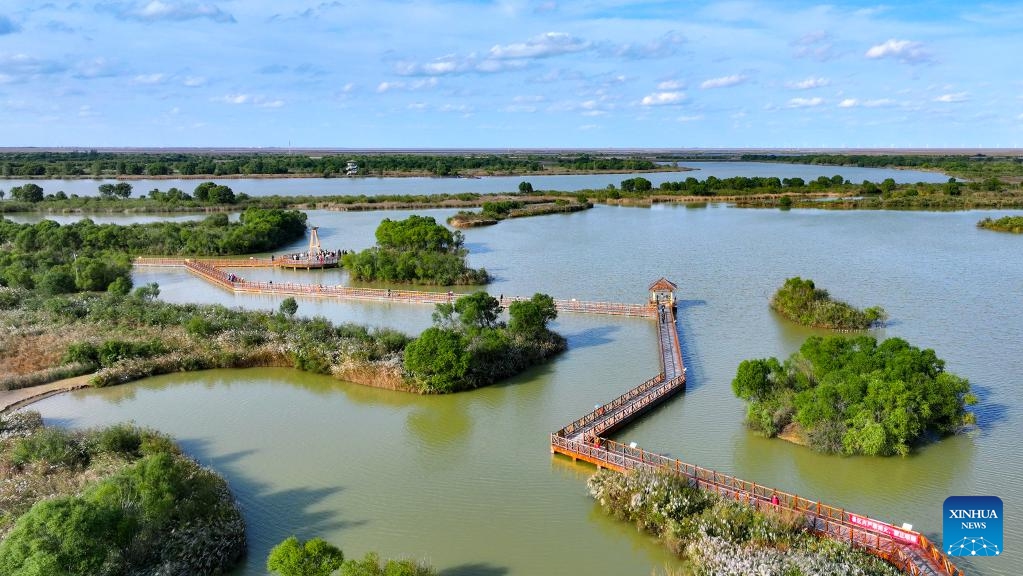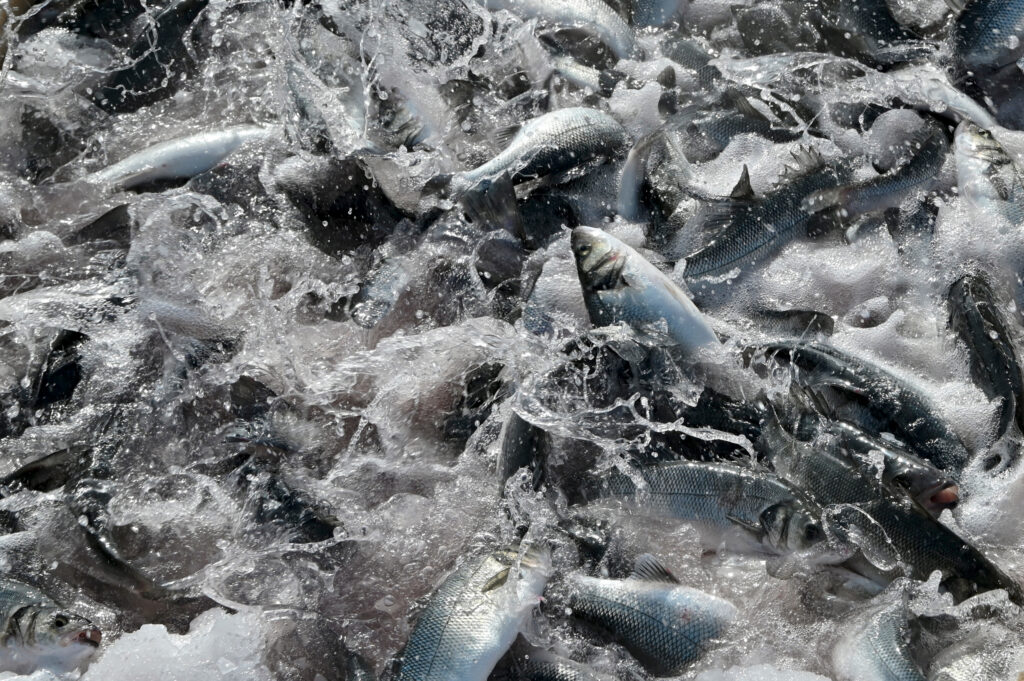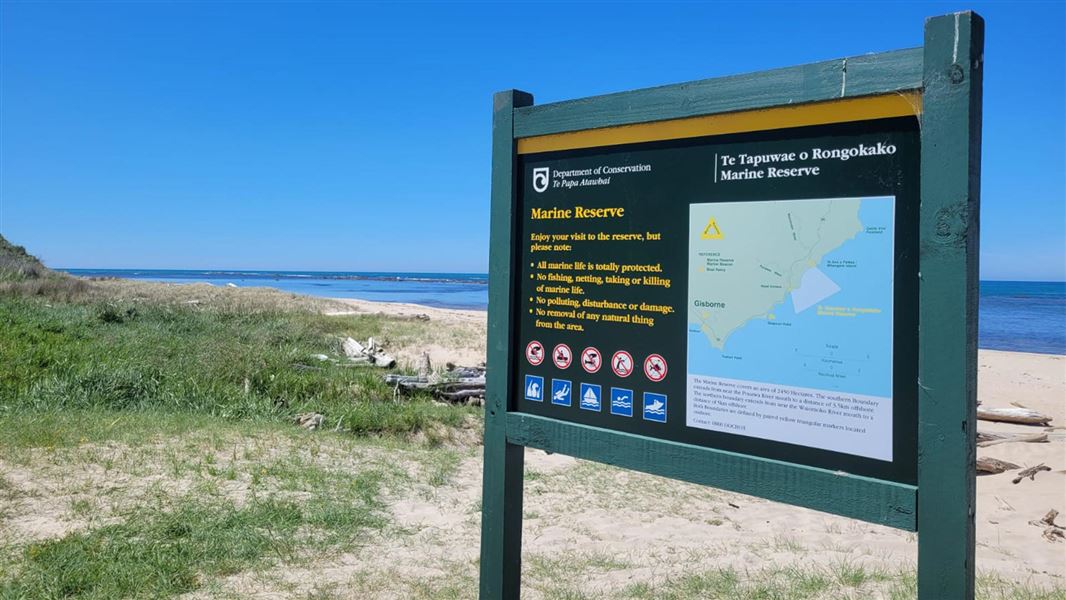Fisheries Subsidies Agreement: Why It Matters – The Pew Charitable Trusts

Report on the World Trade Organization Agreement on Fisheries Subsidies
Introduction: A Milestone for Sustainable Development Goal 14
On 15 September 2025, the World Trade Organization (WTO) Agreement on Fisheries Subsidies entered into force, marking a significant advancement in global efforts to achieve United Nations Sustainable Development Goal 14 (SDG 14), specifically Target 14.6. This target calls for the prohibition of certain forms of fisheries subsidies that contribute to overcapacity, overfishing, and illegal, unreported, and unregulated (IUU) fishing. The agreement provides a new international legal framework to curtail harmful government payments to commercial fishing operators, which are a key driver of the depletion of global fish stocks.
The agreement directly addresses the environmental and sustainability crisis in global fisheries. According to the UN Food and Agriculture Organization, approximately 38% of global fish stocks were exploited beyond sustainable levels in 2021. Harmful subsidies, estimated at $22 billion annually, exacerbate this problem by artificially lowering operating costs for industrial fleets, enabling them to fish for longer periods and farther from shore.
Alignment with Global Sustainability Mandates
Achieving UN Sustainable Development Goal 14.6
The Agreement on Fisheries Subsidies is the culmination of over two decades of negotiations and represents a direct response to the mandate set by UN SDG 14.6. In 2015, global leaders committed to reaching an agreement at the WTO to eliminate harmful subsidies by 2020. While the deadline was missed due to global events, the finalization of this agreement demonstrates a renewed commitment to multilateral environmental governance. It is the first WTO agreement focused primarily on environmental sustainability, potentially paving the way for future trade-related actions on issues such as plastic pollution.
Core Provisions of the Agreement
The agreement establishes binding rules to prohibit specific categories of harmful subsidies that undermine the objectives of SDG 14. It applies to subsidies supporting marine wild capture fishing and related activities at sea.
-
Article 3: Subsidies Contributing to Illegal, Unreported and Unregulated (IUU) Fishing
This provision mandates that member nations cease providing any subsidy to vessels or operators confirmed to have engaged in IUU fishing. This creates a powerful financial disincentive for illegal activities and supports improved monitoring and enforcement by national and regional fisheries management organizations (RFMOs). It also extends to “fishing-related activities at sea,” which can include the use of forced labor.
-
Article 4: Subsidies Regarding Overfished Stocks
This rule obligates members to stop subsidizing the fishing of stocks that are already overfished, unless measures are in place to rebuild that stock to a biologically sustainable level. It establishes a critical link between trade rules and fisheries management, requiring the use of Maximum Sustainable Yield (MSY) as the benchmark for determining if a stock is overfished. This directly supports the SDG 14 objective of restoring fish stocks.
-
Article 5: Other Harmful Subsidies
This article addresses two key areas critical to protecting marine ecosystems in line with SDG 14:
- It prohibits subsidies for fishing in unregulated areas of the high seas, which are international waters beyond national jurisdiction. This encourages the establishment of management measures for previously unmanaged species and fisheries.
- It requires members to exercise “due restraint” when subsidizing vessels that have re-registered to a new country (reflagged) or that are fishing on stocks for which there is no scientific assessment.
Accountability, Transparency, and Special Provisions
Enhancing Transparency for SDG Monitoring
To ensure compliance and track progress toward SDG 14.6, the agreement includes robust transparency measures. Member countries are required to provide the WTO with detailed information on their subsidy programs, including their purpose, amount, and the status of the fish stocks being targeted. This information is crucial for holding governments accountable.
Dispute Settlement and Capacity Building
The agreement is enforceable through the WTO’s dispute settlement mechanism. To support equitable implementation, a provision for technical assistance and capacity building is included for developing and least-developed countries. These nations are also granted a two-year grace period from the agreement’s entry into force before they can be subject to dispute proceedings under Articles 3 and 4.
Future Outlook and Continued Negotiations
Implementation and Next Steps
With the agreement now in force, WTO members must prioritize its full implementation. This involves aligning national policies with the agreement’s rules and fulfilling all transparency and notification requirements. The success of the agreement in achieving the goals of SDG 14 depends on swift and comprehensive action from all signatories.
Addressing Outstanding Issues
Negotiations are set to continue on critical issues not fully resolved in the initial text, particularly subsidies that contribute to overcapacity and overfishing. These subsidies, which often support vessel construction and fuel costs, are among the most harmful. A successful conclusion to these negotiations is vital, as the 2022 agreement includes a sunset clause: it will expire four years after its entry into force (September 2029) if these additional rules are not adopted, unless members decide by consensus to extend it. Continued momentum from all stakeholders is essential to strengthen the agreement and fully realize the vision of sustainable fisheries outlined in SDG 14.
SDGs Addressed in the Article
1. Which SDGs are addressed or connected to the issues highlighted in the article?
-
SDG 14: Life Below Water
This is the primary SDG addressed. The entire article focuses on the WTO Agreement on Fisheries Subsidies, which is a tool designed to combat overfishing, illegal fishing, and the depletion of fish stocks. It directly relates to the conservation and sustainable use of marine resources.
-
SDG 17: Partnerships for the Goals
The article highlights the agreement as a major achievement in multilateralism, resulting from over 20 years of negotiations among 164 WTO members. This demonstrates a global partnership (Target 17.16) and an effort to enhance policy coherence for sustainable development (Target 17.14) by aligning international trade rules with environmental objectives.
Specific SDG Targets
2. What specific targets under those SDGs can be identified based on the article’s content?
-
Target 14.6: By 2020, prohibit certain forms of fisheries subsidies which contribute to overcapacity and overfishing, eliminate subsidies that contribute to IUU fishing and refrain from introducing new such subsidies.
The article explicitly mentions this target, stating, “…by agreeing on U.N. SDG 14.6, global leaders committed themselves to working at the WTO to prohibit certain forms of fisheries subsidies by 2020.” The WTO agreement described is the direct outcome of efforts to achieve this target, specifically prohibiting subsidies for (1) illegal, unreported, and unregulated (IUU) fishing, (2) fishing of overfished stocks, and (3) fishing on the unmanaged high seas.
-
Target 14.4: By 2020, effectively regulate harvesting and end overfishing, illegal, unreported and unregulated (IUU) fishing and destructive fishing practices.
The agreement directly supports this target by tackling a key driver of overfishing and IUU fishing: harmful subsidies. By compelling members to stop subsidies to vessels engaged in IUU fishing (Article 3) and to rebuild overfished stocks if they are subsidized (Article 4), the agreement provides a financial disincentive for these destructive practices.
-
Target 17.14: Enhance policy coherence for sustainable development.
The article describes the agreement as the WTO’s “first multilateral binding agreement dealing with environmental issues.” This represents a significant step in integrating sustainable development principles into global trade policy, thereby enhancing coherence between economic (trade) and environmental (ocean conservation) policies.
Indicators for Measuring Progress
3. Are there any indicators mentioned or implied in the article that can be used to measure progress towards the identified targets?
- Proportion of fish stocks within biologically sustainable levels: The article cites the U.N. Food and Agriculture Organization’s 2024 report, stating that “about 38% of fish stocks worldwide were exploited beyond sustainable levels in 2021.” A decrease in this percentage would be a key indicator of progress towards ending overfishing (Target 14.4).
- Implementation of the WTO Agreement on Fisheries Subsidies: The primary indicator for Target 14.6 is the degree to which countries implement the agreement. The article mentions that members must halt prohibited subsidies and submit detailed information about their subsidy programs to the WTO. The number of countries ratifying and complying with these rules is a direct measure of progress.
- Value of harmful subsidies: The article states that “governments are paying $22 billion a year in subsidies that drive overfishing.” Tracking and reducing this monetary amount is a clear and quantifiable indicator of progress in eliminating harmful subsidies.
- Compliance with transparency and notification requirements: The agreement requires countries to provide the WTO with detailed information on their subsidy programs, fish stock status, and management measures. The level of compliance with these reporting obligations serves as an indicator of the agreement’s effective implementation.
Summary of SDGs, Targets, and Indicators
4. Create a table with three columns titled ‘SDGs, Targets and Indicators” to present the findings from analyzing the article. In this table, list the Sustainable Development Goals (SDGs), their corresponding targets, and the specific indicators identified in the article.
| SDGs | Targets | Indicators |
|---|---|---|
| SDG 14: Life Below Water | Target 14.6: Prohibit and eliminate fisheries subsidies that contribute to overfishing and IUU fishing. |
|
| SDG 14: Life Below Water | Target 14.4: End overfishing, illegal, unreported and unregulated (IUU) fishing. |
|
| SDG 17: Partnerships for the Goals | Target 17.14: Enhance policy coherence for sustainable development. |
|
Source: pew.org
What is Your Reaction?
 Like
0
Like
0
 Dislike
0
Dislike
0
 Love
0
Love
0
 Funny
0
Funny
0
 Angry
0
Angry
0
 Sad
0
Sad
0
 Wow
0
Wow
0
















































:focal(1500,1000)/https://media.globalcitizen.org/a6/9a/a69a4720-d8a1-4715-b596-18738d03c05c/rotary_polio_hero_image.jpg?#)







/countries/sri-lanka/photo-credit---dmc-sri-lanka.tmb-1200v.jpg?sfvrsn=dc298bcc_1#)



















